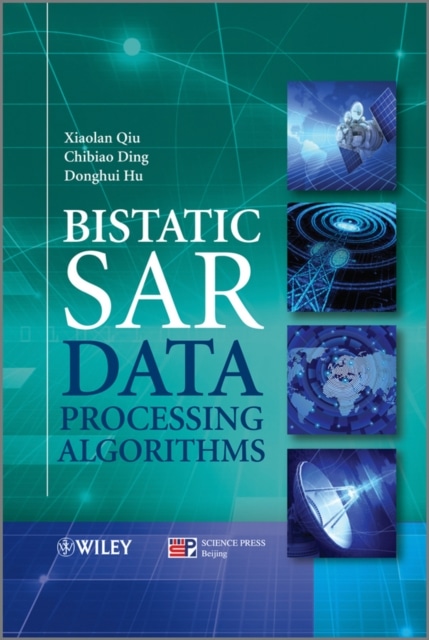Bistatic SAR Data Processing Algorithms, バイスタティック合成開口レーダー データ処理アルゴリズム, 9781118188088, 978-1-118-18808-8, 「次世代装備」
Description
Synthetic Aperture Radar (SAR) is critical for remote sensing. It works day and night, in good weather or bad. Bistatic SAR is a new kind of SAR system, where the transmitter and receiver are placed on two separate platforms. Bistatic SAR is one of the most important trends in SAR development, as the technology renders SAR more flexible and safer when used in military environments. Imaging is one of the most difficult and important aspects of bistatic SAR data processing. Although traditional SAR signal processing is fully developed, bistatic SAR has a more complex system structure, so signal processing is more challenging. Focusing on imaging aspects of bistatic SAR signal processing, this book covers resolution analysis, echo generation methods, imaging algorithms, imaging parameter estimation, and motion compensation methods.
The book is ideal for researchers and engineers in SAR signal and data processing, as well as those working in bistatic and multistatic radar imaging, and in the radar sciences. Graduate students with a background in radar who are interested in bistatic and multistatic radar will find this book a helpful reference.
- Gives a general and updated framework for image formation using signal processing aspects
- Starts with an introduction to traditional SAR before moving on to more advanced topics
- Offers readers a range of exhaustive tools to process signals and form images
- Provides a solid reference for the imaging of other complicated SAR
- Sample image synthesis exercises are available from the book's companion site
Contents:
1. Introduction
2. Signal Processing Basis of SAR
3. Basic Knowledge of Bistatic SAR Imaging
4. Echo Simulation of Bistatic SAR
5. Imaging Algorithms for Translational Invariant Bistatic SAR
6. Imaging Algorithm for Translational Variant Bistatic SAR
7. Bistatic SAR Parameter Estimation and Motion Compensation











